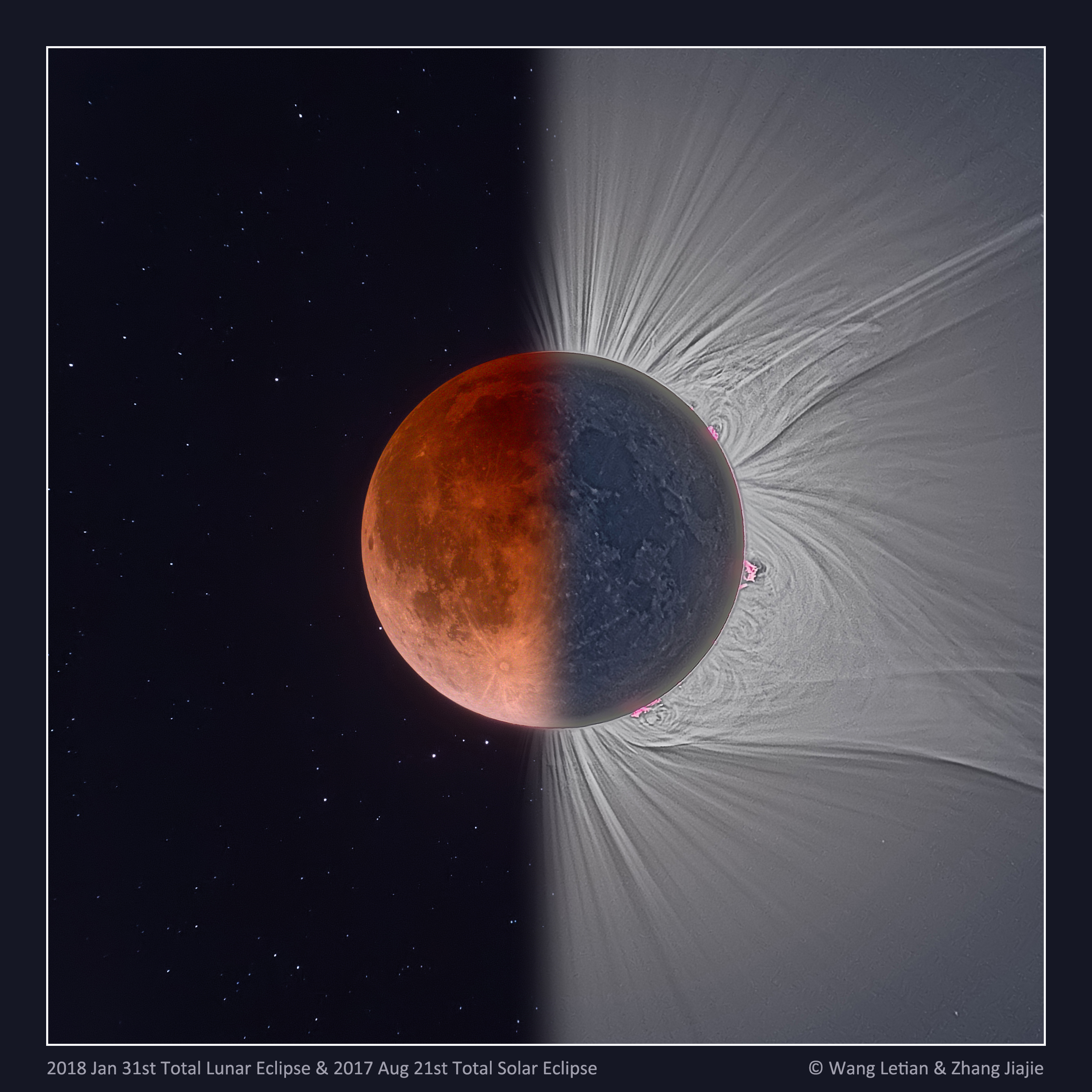
- #SOLAR ECLIPSE MAESTRO LUNAR ECLIPSE DRIVER#
- #SOLAR ECLIPSE MAESTRO LUNAR ECLIPSE SERIES#
- #SOLAR ECLIPSE MAESTRO LUNAR ECLIPSE TV#
Additional information on his background and research interests may be found at. He has also been deeply engaged in studies of other Solar System "shadow events," including the recent transits of Mercury and Venus as nearby analogs of extra-solar planetary transits. In concert, he has executed seven, and planned many more, high-altitude eclipse intercepts with jet aircraft. Schneider has lead expeditionary groups and conducted such observations on land, sea and air of thirty-four total solar eclipses occurring since 7 March 1970 from remote locations across the globe conducting direct, polarimetric, and spectrophotometric imaging programs. Schneider is a member of the International Astronomical Union's Working Group on Solar Eclipses with expertise in the high-precision numerical calculation of eclipse circumstances and the application of those computations in planning and carrying out observations of total solar eclipses. In concert with his scientific investigations of circumstellar dust, debris disks, and co-orbital bodies they may harbor, he has played a leading role in the development of very high contrast space-based coronagraphic and near-infrared imaging systems and techniques with space-based assets leading to spatially resolved scattered-light images of the birthplaces of planetary systems. His studies have led to the direct detection of sub-stellar and planetary mass companions of young and near-by stars and of materials in circumstellar environments from which such systems may arise and interact. His research interests are primarily centered on studying the formation, evolution, architectures, properties, and diversity of extrasolar planetary systems. He is the Principal Investigator for the EXoplanetary Circumstellar Environments and Disk Explorer (EXCEDE), a MIDEX class Explorer mission concept recently completing a NASA sponsored, technology development and maturation program. Glenn Schneider is an Astronomer at University of Arizona's Department of Astronomy and Steward Observatory where, since 1994, he served as the Project Instrument Scientist for the Hubble SpaceTelescope's Near Infra-red Camera and Multi-Object Spectrometer. He will be willing to join the team for this. To Jean during the Discussion period on Saturday from 11:20 - 12 noon. He is a splendid mathematician who over his nearly 90 years hasĬalculated eclipses, transits and other rare celestial events. It is difficult to get across how much Jean has influenced the eclipseĬommunity. With any luck we should also be honoured with eclipse-guru Jean Meeus on (Doubting Thomas: watch from 2m30-5m16 and 5m50s-7m30s) Geography, Physics, Chemistry, People, History

Eclipses canīe used to further so many areas of the curriculum: Astronomy, Nature, Maths, To help I will show the conversion of a sceptic and his profound apology to his friend.Īlso I want the delegates to go forth and educate the younger generation. Try and get across the splendour and awe.
#SOLAR ECLIPSE MAESTRO LUNAR ECLIPSE SERIES#
Starting such a marvellous series of conferences.ĭuring the introduction I want to all delegates to act as evangelists and get rid of Poitevin, who conceived the idea and planned each event. The prime-mover in these were Patrick and Joanne Starting in the year 2000, Solar Eclipse Conferences have been held in every year that
#SOLAR ECLIPSE MAESTRO LUNAR ECLIPSE TV#
Appearances on TV and radio, including presenting Sky TV's total eclipse programme from Cornwall in 1999. Publications include a book on UK Total Solar Eclipses, Bradt Guides to the various eclipses, transits and aurorae.
#SOLAR ECLIPSE MAESTRO LUNAR ECLIPSE DRIVER#
In the 1990s Sheridan was a modestly successful car rally, sprint and racing driver competing in the latter events in a Ferrari and has competed many times in Belgium. Sheridan has seen 16 total solar eclipses. This has taken him to places as diverse as Siberia, the Atacama Desert in Peru, Madagascar, the Gobi desert in China, Libya, Tahiti, Morocco, Sulawesi and many other places. Sheridan has led astronomy tours for various tour companies and takes groups to remote places to witness astronomical events such as eclipses, transits, aurorae, meteor showers and observatories. He now works as a volunteer for the National Museum of Computing () (the home of Colossus and the Bombe) at Bletchley Park. After running his own very successful computer network company for 20 years he retired in 2001. Prior to that he worked as a "Rocket Scientist" with the Ministry of Defence using a Ferranti Mk.1 computer and also analogue computers. He was a founder contributor to Britain's longest running personal computing magazine "Personal Computer World" and was a Senior Lecturer in computer science and mathematics at Hendon College. Sheridan is a Fellow of the Royal Astronomical Society and ex-Director of the Computing Section of the British Astronomical Association and has archived over 100 years of BAA Journals.


 0 kommentar(er)
0 kommentar(er)
